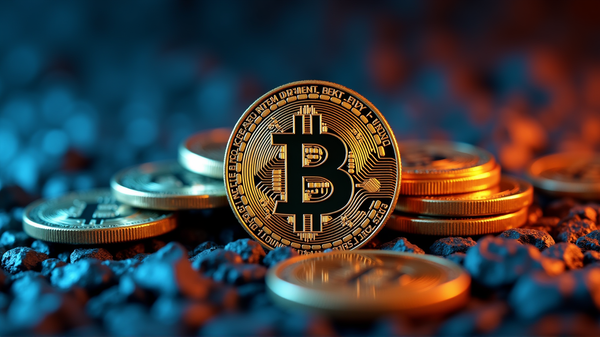JPMorgan's Crypto Clampdown: Hidden Tactics Against Innovation Unveiled
A Brewing Storm in the Crypto World
Just when the crypto world thought it was off the radar, one of the banking industry’s most formidable giants, JPMorgan Chase & Co., finds itself under the spotlight for intriguing reasons. Allegations are swirling around like a storm, accusing the bank of using “hidden de-banking tactics” to potentially hinder the growth of fintech and cryptocurrencies. Imagine this scene – powerful traditional banks leveraging fees as silent weaponry, potentially bottlenecking innovation in the dynamic crypto arena.
The Allegations Unfurled
According to a co-founder of Gemini Trust Co., a key crypto exchange, the bank, along with others, stands accused of imposing “steep fees” on fintech platforms. While fees are standard in the financial sector, these are said to be particularly contentious as they are seen as attempts to limit smaller crypto firms’ abilities to innovate and compete. This paints a picture of a battlefield where financial giants resist the rise of decentralized finance (DeFi) and blockchain technologies.
Quiet Resistance or Strategized Dominance?
Imagine a chessboard, where traditional institutions play strategy games to silently shield their dominance. Critics argue JPMorgan and others are using their conventional financial prowess—not laws or direct regulations—to apply pressure on crypto entities. Such “de-banking” tactics, which manipulate access to banking services, have serious implications for collaborations with crypto projects, echoing old practices where banks restricted services to manage risk profiles.
Innovation at a Crossroad
The implications are vast; hiking fees or limiting banking access might deter investment and slow blockchain’s fusion into mainstream finance. For crypto proponents, such moves potentially dismantle the push towards a truly decentralized financial landscape. At this crossroads, JPMorgan’s dual role—Ivy tower in traditional banking and a player in the crypto market through its JPM Coin and other services—adds layers of complexity. Does the bank’s influence become a gatekeeper or an enabler for growth and innovation in this sector?
Transparency as the Missing Piece
Transparency emerges as a linchpin in this unfolding narrative. Critics highlight the need for straightforward oversight to ensure banks aren’t wielding their gatekeeper status to quash competition. While intensive financial strategies can be seen in play, the silence on specific actions leaves a space echoing with speculation about banks’ alignment or misalignment with crypto stakeholders.
The Larger Picture in Financial Innovation
The unfolding story mirrors larger debates on the role of titanic banking institutions in evolving financial paradigms. As crypto matures, engaging the complexities of interactions between traditional financial structures and avant-garde technologies remains a key challenge. In these waters, regulators, investors, and market creators must carefully navigate to ensure that the tremors of innovation aren’t drowned by opaque financial power plays. As stated in AInvest, these dynamics reflect the friction and potential in this transformative financial epoch.




